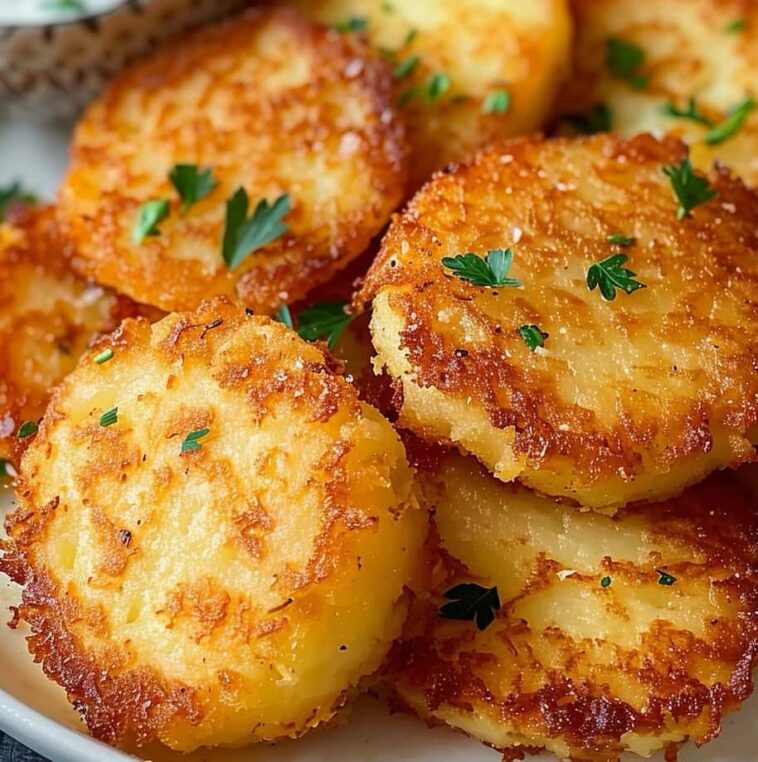German Potato Pancakes, known as Kartoffelpuffer, are a beloved culinary tradition with a rich and fascinating history deeply rooted in European cuisine. These crispy, golden-brown delicacies emerged during a transformative period in European food culture, closely tied to the introduction and adoption of potatoes across the continent.
Potatoes first arrived in Germany around the early 18th century, with experimental cultivation beginning as early as 1701 by Anton Seignoret. However, it wasn’t until between 1746 and 1854 that potato pancakes became a established dish in German cuisine. The term “Puffer” itself is linguistically interesting, derived from the German word meaning to “puff up” when fried, perfectly describing the pancake’s characteristic texture.
These humble pancakes were more than just a delicious food – they were a survival strategy during challenging economic times. In the 19th century, particularly during periods of economic hardship, potato pancakes often replaced bread for peasants and laborers. Their popularity spread across various European cultures, with each region developing its own variation.
Interestingly, potato pancakes were not just a culinary creation but a testament to resourcefulness. Potatoes were easy to grow in harsh climates, stored well, and were incredibly affordable. They became a staple that transcended social boundaries, with vegetarian dishes like potato pancakes being common across different social classes in Germany.

